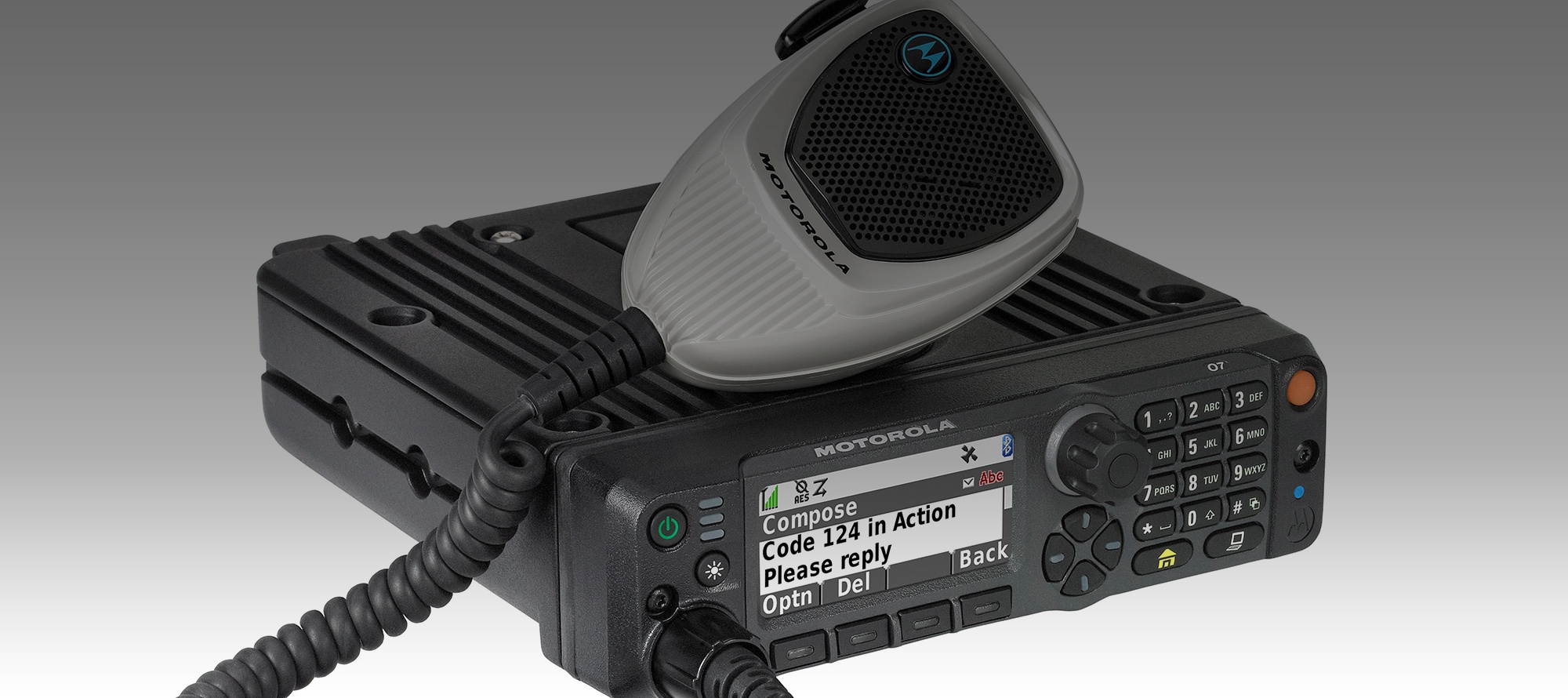

They have historically been widely used by law enforcement officers in North America, but in 2006, due to the lack of standardization, the U.S. The codes, developed during 1937–1940 and expanded in 1974 by the Association of Public-Safety Communications Officials-International (APCO), allow brevity and standardization of message traffic. The police version of ten-codes is officially known as the APCO Project 14 Aural Brevity Code.

Ten-codes, officially known as ten signals, are brevity codes used to represent common phrases in voice communication, particularly by law enforcement and in citizens band (CB) radio transmissions. For the FIFA World Cup match, see Hungary v El Salvador (1982 FIFA World Cup). If this information really sparked your interest in government regulations, you can find out more about the laws surrounding CB Radio use on the FCC’s website.įor more CB Radio Technical Information and Installation Resources, visit our Learning Center."10-1" redirects here. To avoid a painful and annoying FCC crackdown, we advise you to stay within our 40 CB Radio channels. Since these frequencies belong to other operators, some of whom being the federal government, utilizing these is risky territory as legal operators on these channels are very keen to report you and the Federal Communication Commission (FCC) cracks down on such behavior with one of more of the following: Yet, I recommend fighting the urge and steering clear. And as a community often characterized as rebellious, I understand the titillating call to do something I’ve been told not to. Freebanding can be tempting, especially when our frequencies are feeling a little crowded and those just above or below are nice and quiet. It is illegal to use frequencies or channels outside the CB range or within the 11 meter (above or below the 10 kHz) frequency, something referred to as freebanding. The 10-meter amateur radio (Ham) band runs from 28.000 to 29.700 MHz.

The Civil Air Patrol, part of the U.S.A.F., is assigned 26.620 MHz, although now the CAP uses VHF frequencies more often. The federal government controls 27.540 up to 28.000 frequencies and 26.480 to 26.960 belong to the U.S. Above these CB Radio Frequencies (27.430, 27.450, 27.470, 27.490, 27.510, and 27.530 MHz) are channels for the Business Radio Service, which is part of the VHF and UHF two-way radio bands. Simply, other frequencies belong to other kinds of operators. Why only these 40 Channels for CB Radios? Open to everyone - often used by truckers re: north/south traffic Open to everyone - often used by walkie-talkies Open to everyone - often used by marine/RVers Open to everyone - Often used by truckers for regional roads Open to everyone - Often used for 4x4s/off-roading So be prepared and know what you’re in for if you jump on 19 as an outsider. A fair warning though: truckers have their own handles and slang, and chatty visitors are not always welcome. If you want specific information or want to share messages on these channels, you are welcome to do so or just switch over for a listen. Examples include Channel 9 (reserved for emergency communications) and Channel 19, which is mostly used by truckers. While these channels are open to everyone, some have commonly agreed upon purposes, which are noted in the table below. Channels are generally spaced 10 KHz apart. The CB Radio spectrum is broken up into 40 channels with CB frequencies ranging from 26.965 to 27.405 MHz.


 0 kommentar(er)
0 kommentar(er)
